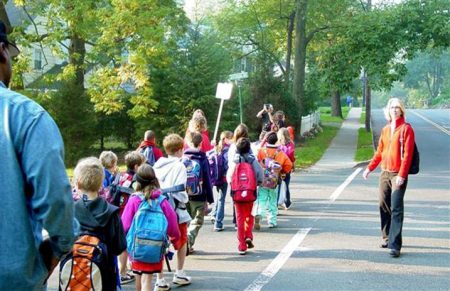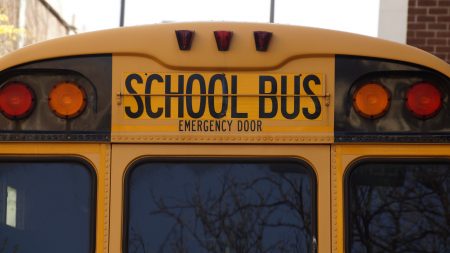
In 2020, Keep Middlesex Moving was awarded funding from the New Jersey Division of Highway Traffic Safety (HTS) to lead an exploratory committee charged with developing a Safety Town Program in the Township of East Brunswick. Made up of Mayor-appointed residents and stakeholders, KMM’s mission was to formulate a plan for Safety Town within the municipality including the location, size, and scope of the project.
Safety Town is a program designed to teach pre-K children pedestrian and bike safety, crosswalk safety, and more. Using a designated location, Safety Towns are created to mimic a neighborhood or downtown complete with miniature buildings, roadways, and crosswalks. In this space, children can safely learn about the rules of the road both on foot and while riding their bicycles.
Over the course of the project, the committee reviewed crash data, township safety concerns, and location options for the program. Given the restrictions imposed by Covid-19 protocols, many of these meetings took place via zoom to ensure everyone’s safety. After months of review, committee members adopted a solid, scalable plan. It included important amenities like crosswalks, an intersection with traffic lights, and double yellow lines. Throughout the course, structures representing the library, police department, fire department, post office, and the municipal building would be strategically placed on “the street.” This provides the opportunity to solicit sponsorships and offer naming rights to local businesses and organizations. The committee felt this course could be implemented more quickly and easily than a larger plan that might not be realized for some time. Each member of the committee felt strongly that a safety town program is integral to the health and wellbeing of the residents in East Brunswick and the greater community.
The project will next be presented to the East Brunswick Township Council for adoption. To learn more about this project or to learn more about implementing a similar program in your town, please reach out to aholt@kmm.org.

 With back-to-school mode in full swing, you may have noticed more traffic congestion. And along with traffic congestion, we are sharing the roads with school buses, bicyclists, and parents rushing to drop their kids off at school. Sharing the road and following these simple safety precautions will ensure a safe school year:
With back-to-school mode in full swing, you may have noticed more traffic congestion. And along with traffic congestion, we are sharing the roads with school buses, bicyclists, and parents rushing to drop their kids off at school. Sharing the road and following these simple safety precautions will ensure a safe school year:






